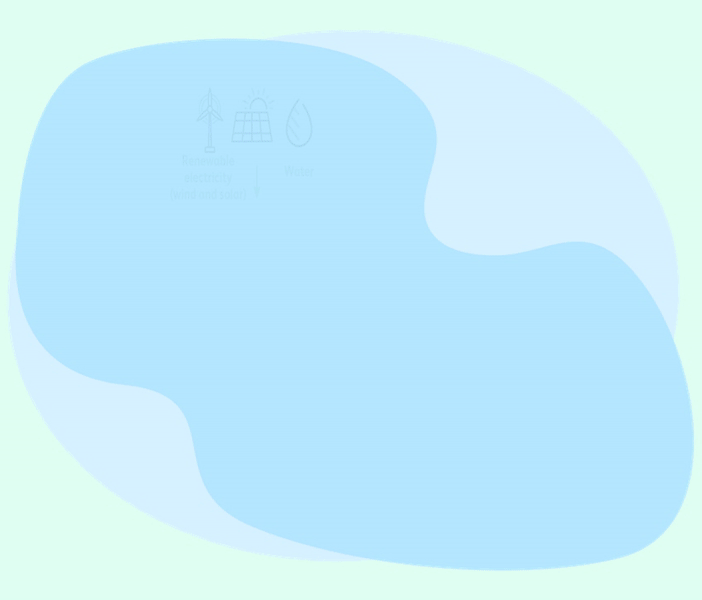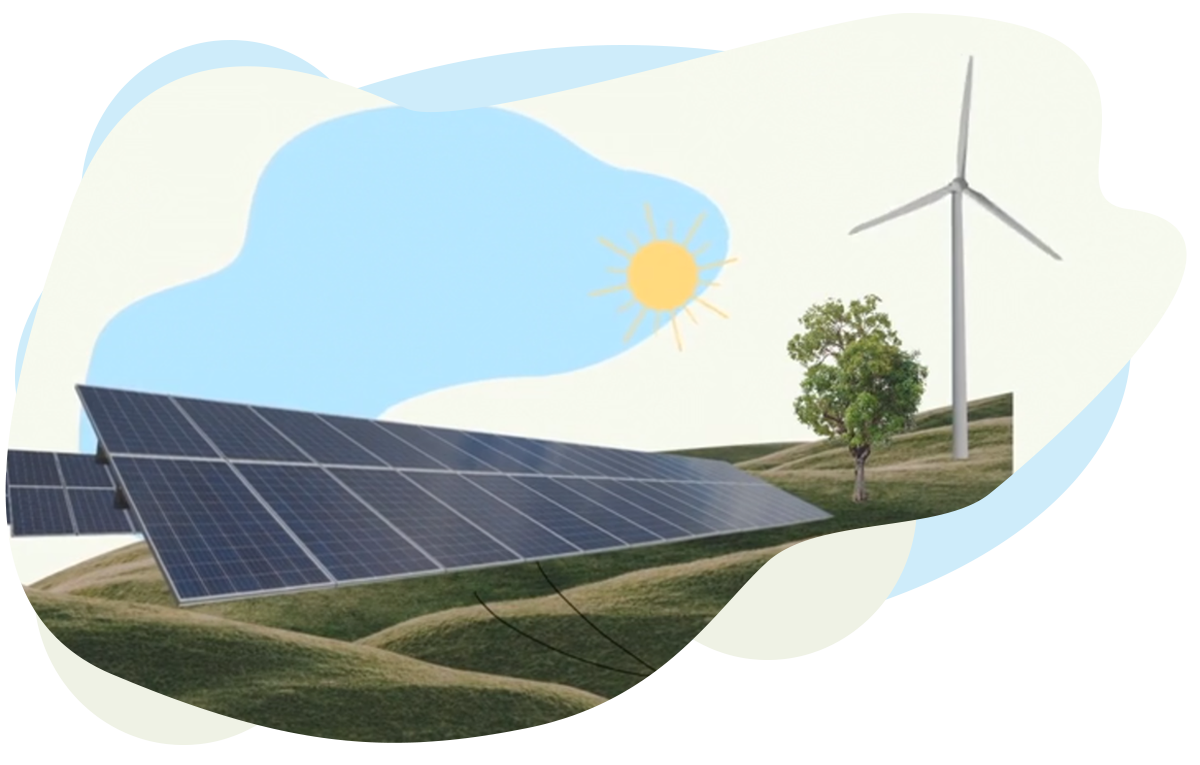Fault
1800 898 220
Our Vision as a business is to deliver infrastructure essential to a sustainable energy future. Learn about our plans to achieve net zero emissions in the gas network by transitioning to 100% renewable and carbon neutral gas outlined in our Net Zero Ambition.

There’s nothing you need to do right now – so you can keep enjoying the things you love
Gas supplies almost half of Australia's household energy, and is a safe, reliable energy for the appliances we use for cooking, heating and hot water. However, if we are serious about achieving net zero, natural gas must increasingly be supported by renewable gas and credible offsets.
We’ll keep working with government and industry in the background to provide options to reduce the amount of carbon in your gas, so you won’t have to change the way you heat your home, use hot water or cook your food.


Renewable and carbon-neutral gases such as renewable hydrogen and biomethane can be used in the same way as natural gas is today, but do not result in additional carbon emissions to the atmosphere. As part of our Net Zero Ambition, one of our 2050 objectives is to blend and ultimately replace natural gas with renewable and carbon neutral gas so we can use our existing infrastructure to supply gas to our customers. It also means customers retain their choice of energy supply, and those industries relying on gas can continue to access it.
Learn more

TARGETED NET ZERO EMISSIONS BY 2050
6.5 MILLION AUSTRALIAN HOUSEHOLDS ENJOY GAS
KEEP ENJOYING GAS IN YOUR HOME
A RELIABLE SOURCE OF ENERGY
AN IMPORTANT FUTURE FUEL